It might not be an obvious choice for many – less des-res than your standard desert island escape – but for British Paralympian, broadcaster and naturalist Steve Brown, the Isle of Sheppey is the perfect escape, and for all the right reasons.
“I’m Sheppey born and bred,” says Steve over the phone from Salford’s MediaCity, between duties for BBC Breakfast, “and it’s an ideal place to escape to these days – a proper island, where I can meet my nephews.”
For many, the charms of Sheppey – 36 square miles of low-lying island the shape of a pit bull terrier’s head, nodding out into the Thames estuary 40 or so miles east of London – may not be particularly obvious. The enduring impression is of power lines and industrial ports to the northwest, with views across the mouth of the River Medway to the aviation bitumen oil terminal and power station on the Isle of Grain. To the south, flat lands dominate, wearing battle-dress brown and green. These are criss-crossed by serpentine creeks and fleets that form a myriad of sub-isles among the marshes and out into the estuarine ooze. Stunted trees and gorse cower beneath pylons marching towards distant chimneys; all under a sky that is not so much arching as bearing its vault of clouds.
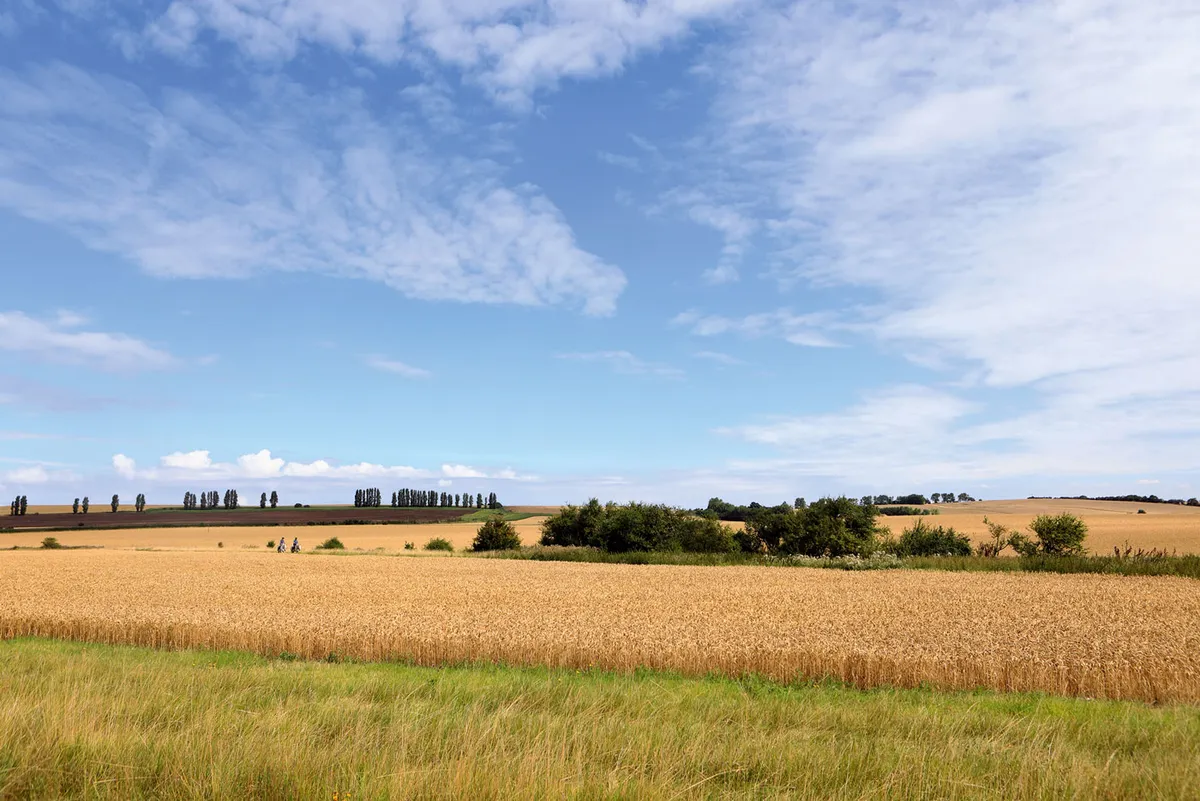
Like many flat landscapes, the proportions of space conspire not to widen the horizons, but to lower the sky, allowing, on cloudy days, an interesting darkness to pervade.
That’s something of a consensus view of an estuary environment, but if you are a birder like Steve Brown, then you’re more likely to be looking outwards and thinking of whimbrel, avocet, snipe and black-tailed godwit.
Childhood memories
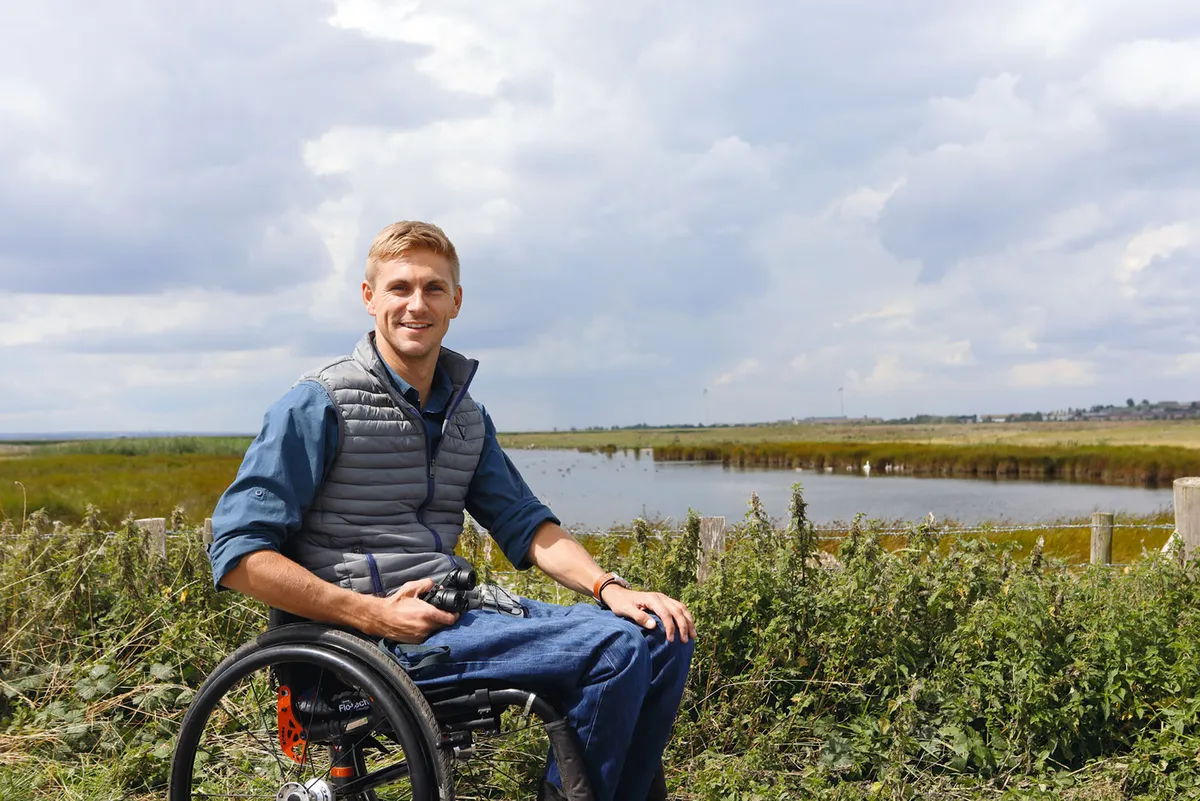
Steve learned to love this place – and the birds that thrive here – as a child. “When we were kids my dad took me and my brothers out on trips across the island, birdwatching. Sheppey was a great place to grow up for that, and it still is.”
Steve’s interest in nature deepened and by the age of 15, he was a big fan of natural history programmes, loving The Really Wild Show and anything touched by the genius of David Attenborough. Naturally, he wanted to be a TV presenter, too. Steve’s school had other ideas, however. “I went to my careers teacher and said I wanted to be a presenter on wildlife programmes. I was told to forget it.”
His love of nature and the countryside was not a passing phase, however; and now Steve has had the opportunity to fulfill his childhood dreams by helping to present both Springwatch and, since April this year, Countryfile.
As these achievements illustrate, Steve’s tale is one of striving for self-improvement in the face of the challenges thrown up by disability, caused by injuries that were sustained when he had a fall from a balcony in 2005.
“I broke my neck, but there’s no point in being defined by that, by giving up and not living,” he says. “Obviously it’s not ideal and sometimes I think: ‘What if I’d gone out for a meal that night rather than stayed in? I wouldn’t have been on the balcony.’ But you can’t live like that.
“In the end, you are the centre of your own world and you have to make the most of the choices and chances that come your way.”
Life comes full circle
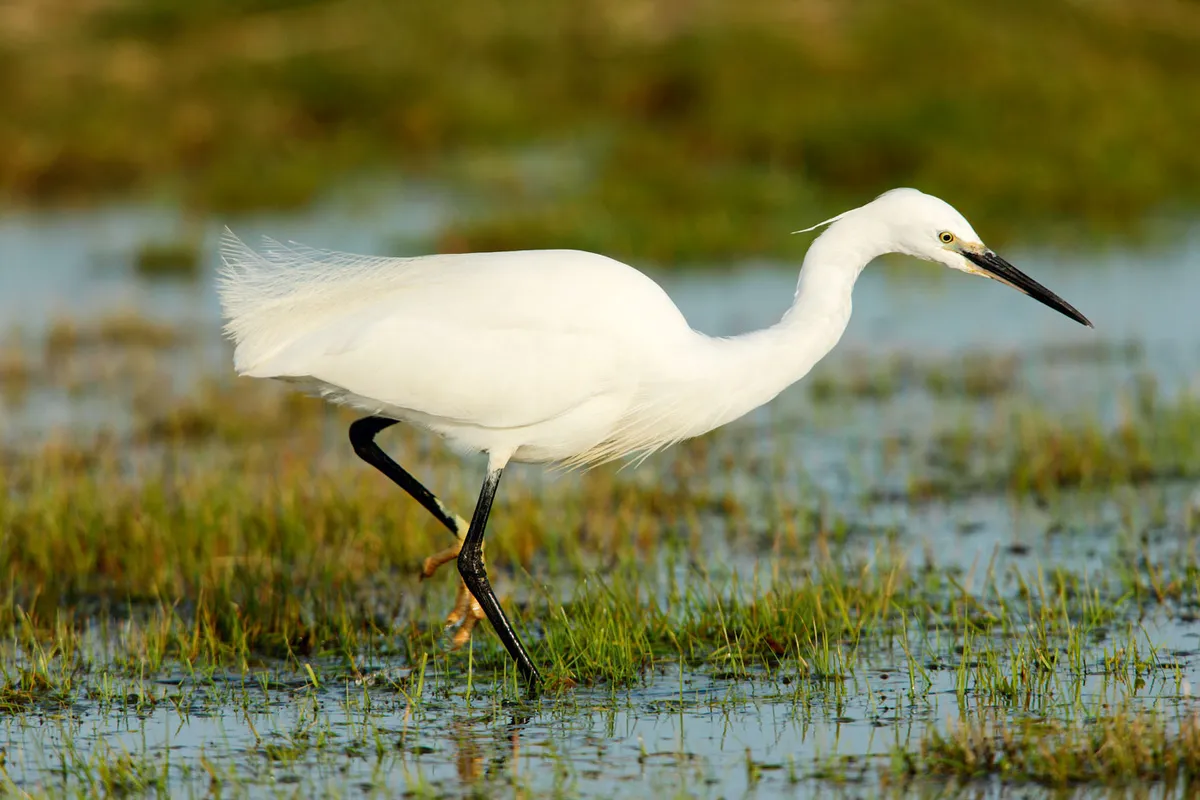
Despite the obstacles he has faced, there’s a pleasing circularity to Steve’s life now. In many ways, he has become reunited with some of the grand plans of his teenage years.
“Now I take my oldest two nephews out in the car, down this long road to an old ferry crossing. And the oldest, he sees herons and egrets and all sorts. This is what my dad did with us years ago and actually, you get to see it all through their eyes again.”
He adds: “I can’t take the kids out to play football or go to the playground, but I can show them the world my dad showed me.”
Strange wonders
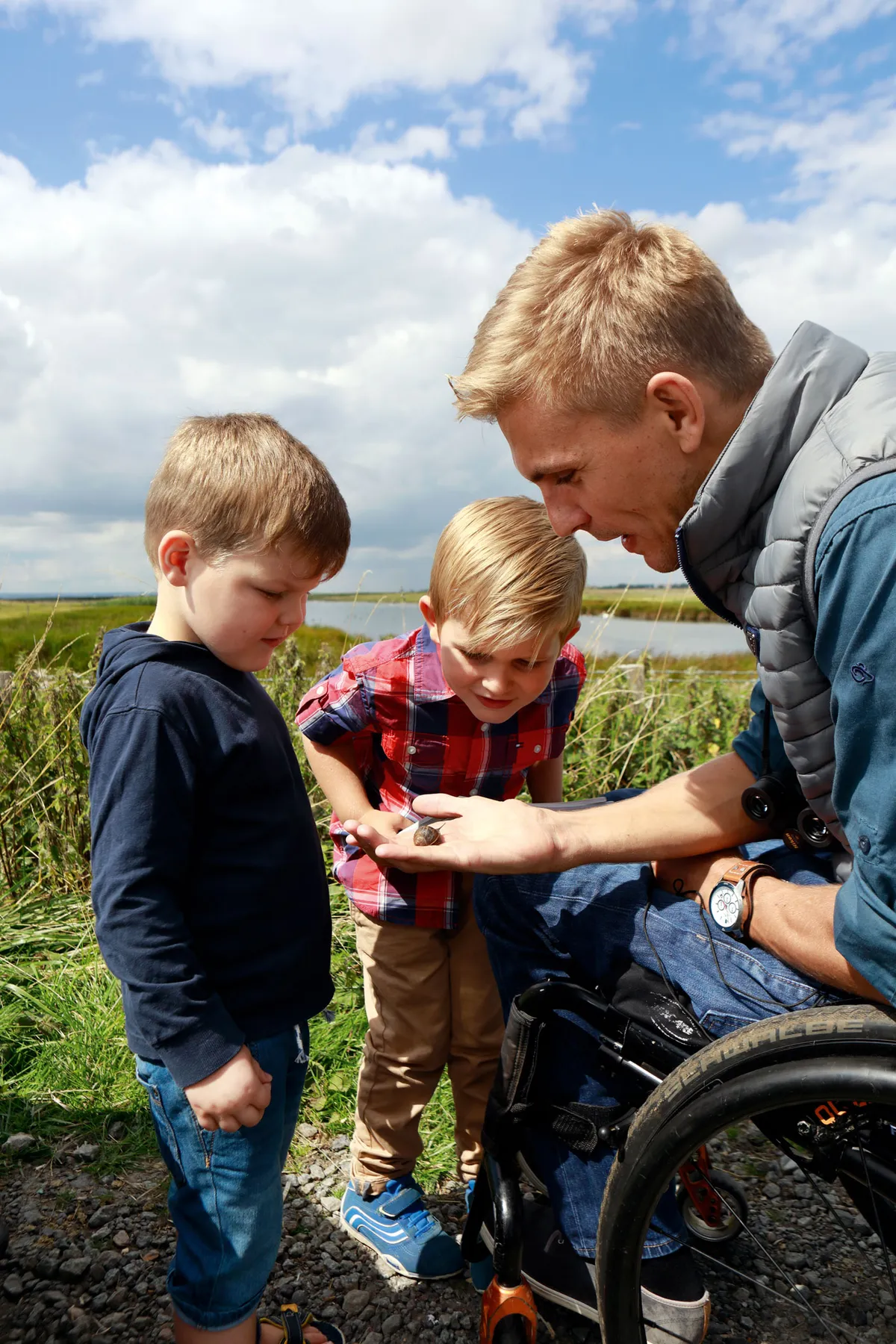
Sheppey can be a strange world. Being an island, there are some oddities here. There are no moles and no badgers, for example, but most peculiar of all there is a colony of thousands of yellow-tailed scorpions in a south-facing wall at Sheerness Docks, once a Royal Navy Dockyard. The 5cm long scorpions, which are believed to have arrived on ships in the 19th century, will only sting if goaded, but are regarded as no more venomous than bees, though they can be dangerous for people who are young, elderly or frail.
For Steve, though, the jewel in the crown of Sheppey is the birds. “It’s not so much that I don’t go looking for other kinds of wildlife, it’s just that you can birdwatch anywhere, pretty much while you’re doing anything.”
A favourite spot is the Capel Fleet Raptor Viewpoint in the east of the island. A vantage point on the road to Harty Ferry, Capel Fleet is a great place to get out your long lens, telescope or binoculars and scan those Sheppey horizons for peregrine, hobby, kestrel, sparrowhawk and marsh harrier as well as barn owls and short-eared owls. In autumn, you may see Montagu’s harrier or hen harrier, and merlin as well. It’s one of the best places in Britain to see birds of prey.
After some raptor-spotting from the viewpoint and then some more birdwatching from the car, Steve heads towards the Ferry House Inn to catch up with all the news from his nephews.

“Birding gives me this great way of being an uncle,” he says. “One of these days I’ll be a parent myself and I’m looking forward to doing all this stuff with my kids, the way that my dad did with us.”
Six Beautiful Sheppey Birds
1. Marsh Harrier
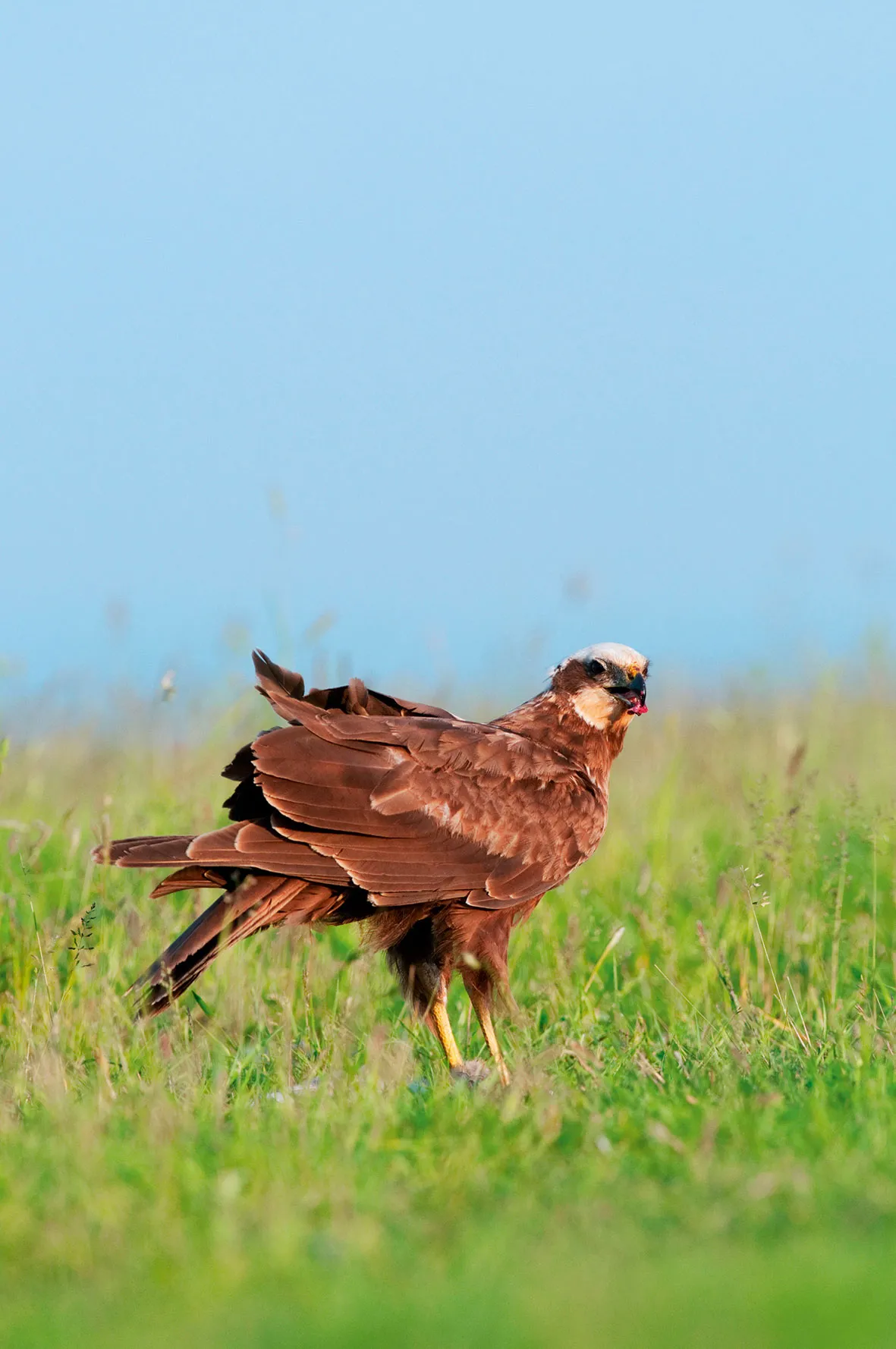
These magnificent raptors are almost abundant on Sheppey and the best place to see them (arguably the best in the UK) is at Capel Fleet. Their hunting behaviour of low flights quartering reed beds and their V-shape wing profile make them a spectacular bird to watch in action.
2. Short-eared Owl
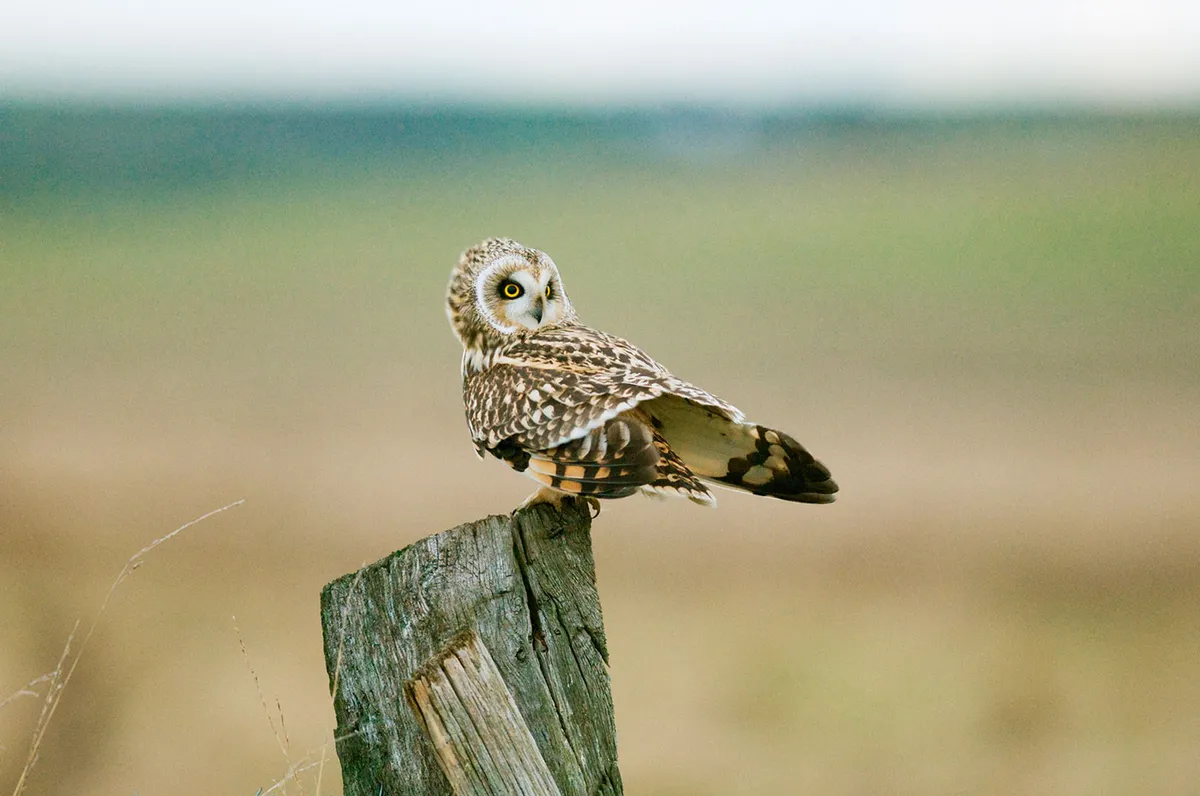
Another low-flying raptor on the hunt for voles, its favourite prey, the short-eared owl is often seen in open fields and rough grassland during the afternoon. Up to 20 of the owls may over-winter on Sheppey. They have mottled brown bodies, pale under-wings and yellow eyes.
3. Yellow Wagtail

Sadly it is becoming an unusual treat to see yellow wagtails, but you have a fair chance on Sheppey in summer where they thrive in wet meadow lands and pasture. Its olive-yellow plumage is altogether more striking than the (also part-yellow) grey wagtail.
4. Bearded Tit
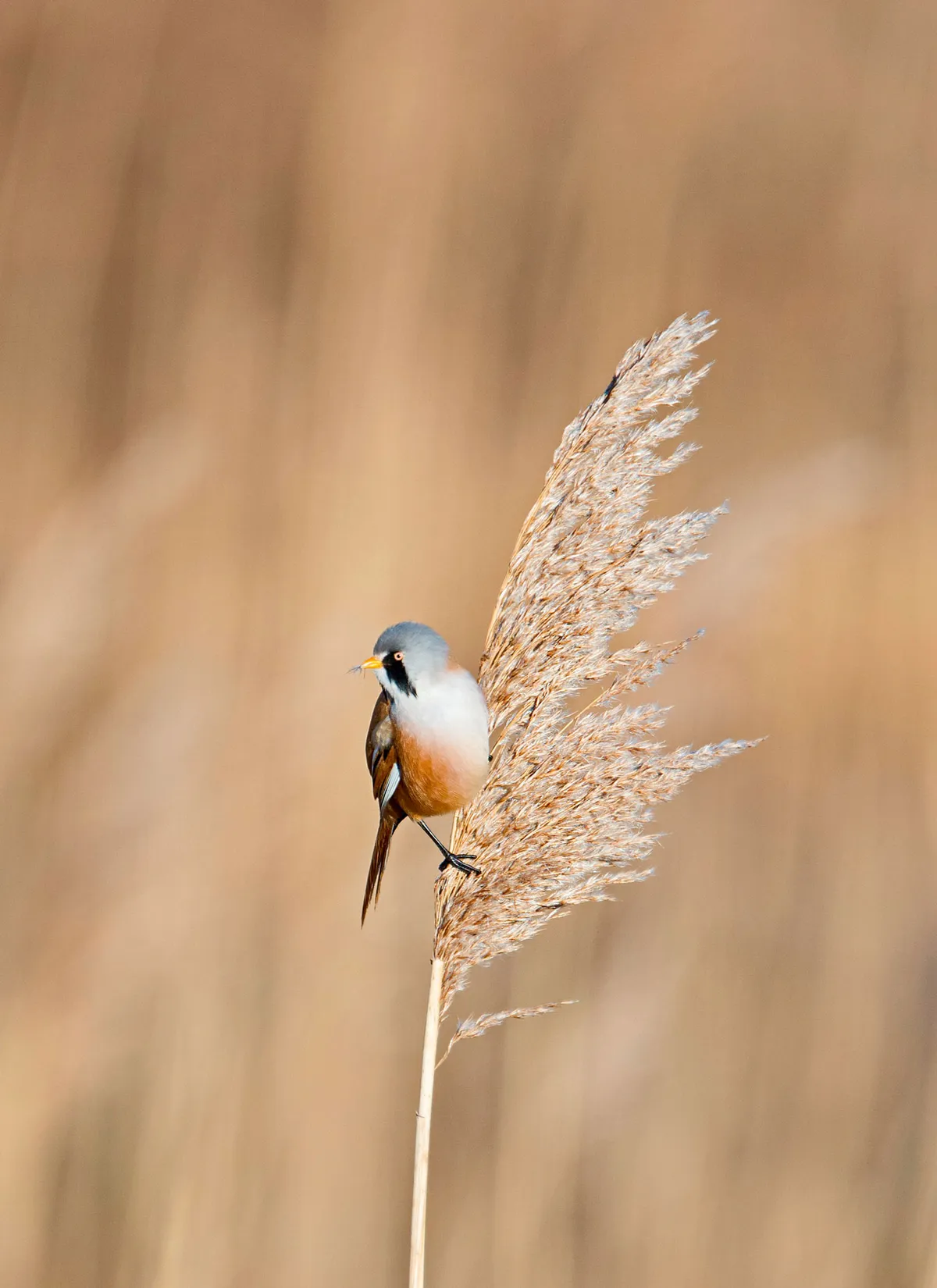
Your first view is likely to be of them flying along the top of a reed bed. Like other tits, they are gregarious and garrulous. Their ‘beard’ is actually more of a moustache and is present on the striking male. They have very long tails, an azure-blue head and rusty coloured body.
5. Avocet

It’s not just the big-ticket RSPB reserves on the Suffolk coast that host this rather striking pied wader with the upturned beak. In fact, 17% of the UK’s breeding population of avocets can be found at the Swale NNR, on the eastern shores of Sheppey.
6. Snipe
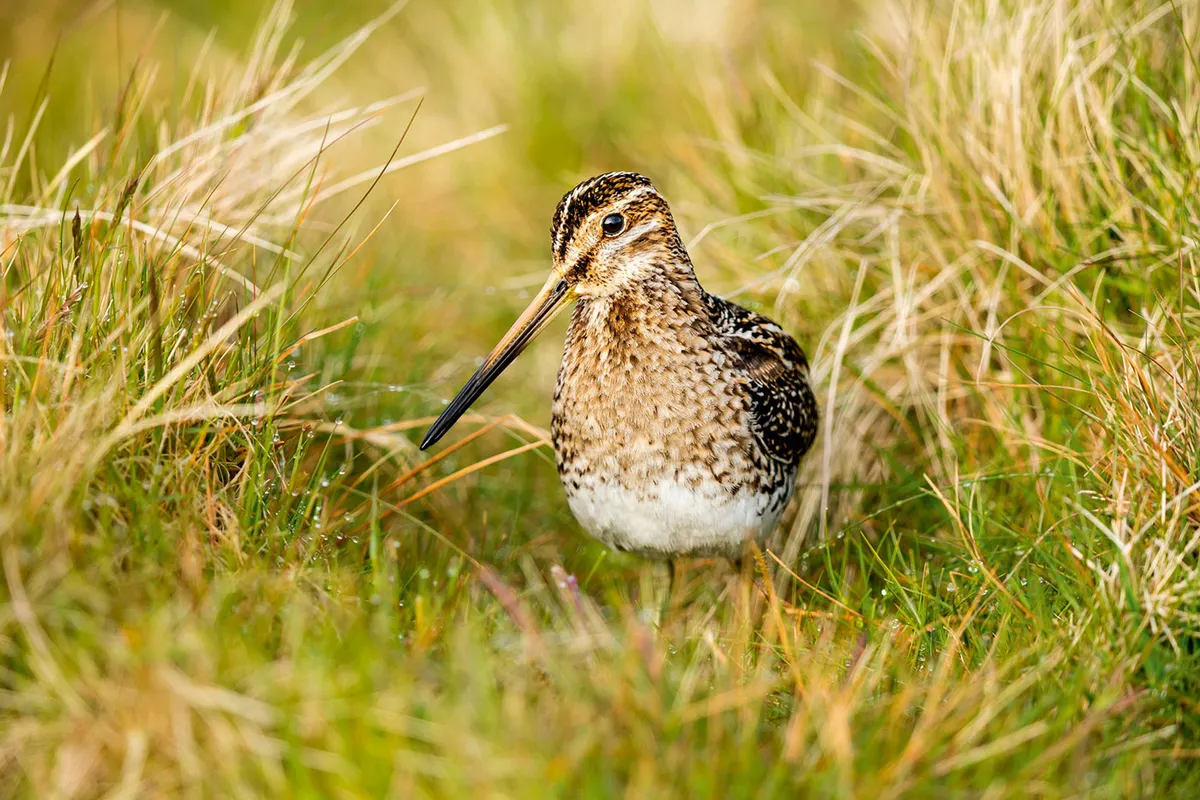
In early spring, you are more likely to hear the drumming of male snipe than see it. But look out for the oversized bill and zigzag flight, ending in a steep climb away from danger. Many birders are convinced the snipe has no front, as they only ever see the back, retreating fast.
About Steve
Following his accident in 2005, Steve Brown saw the rough and tumble of wheelchair rugby as a way of coming to terms with his future. It transpired he was very good at it and he became the captain of the British Paralympic team for the 2012 games. An injury prevented Steve from participating at the Rio Olympics in 2016, but Channel 4 offered him work as a studio pundit, after his impressive commentary work for the BBC at the 2014 Invictas Games. With sports commentary under his belt, Steve was asked if there were any other fields of expertise he would like to report on. In 2016, he presented for Springwatch, and the rest is history.
Main image: ©Emma Wood
